১১ পৌষ ১৪৩২
Trump's New Tariffs Take Effect in more than 90 Countries
07 August 2025 22:08 PM
NEWS DESK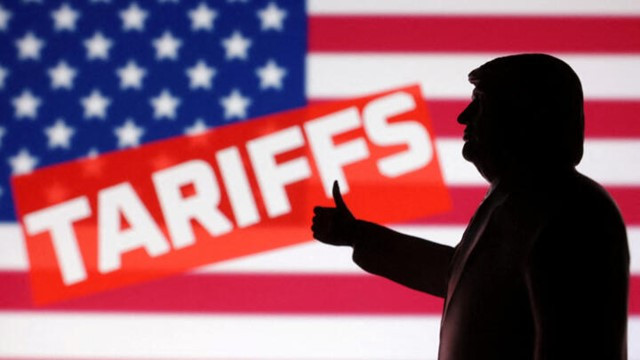
Punishing new tariffs on more than 90 countries took effect just after midnight Eastern time Thursday (2:01pm AEST), the latest escalation in President Donald Trump’s efforts to reorder global trade.
Punishing new tariffs on more than 90 countries took effect just after midnight Eastern time Thursday (2:01pm AEST), the latest escalation in President Donald Trump’s efforts to reorder global trade.
Few of America’s major trading partners were spared under the president’s latest slate of import taxes, which are already disrupting supply chains and are expected to drive up prices for American consumers and businesses.
Nations are scrambling to finalize agreements with Washington in hopes of reducing-or eliminating-what Trump calls “reciprocal tariffs.” His trade policy aims to overhaul the global trading system, which he claims treats the U.S. unfairly.
Trump has imposed a 50% tariff on India, set to take effect on August 27 unless it halts its purchases of Russian oil.
Brazilian exports to the U.S. are also facing a 50% tariff. Trump introduced the levy after accusing President Luiz Inácio Lula da Silva of unfair attacks on American tech firms and described the prosecution of former President Jair Bolsonaro over an alleged coup attempt as a “witch hunt.”
The U.S. and China have held multiple rounds of talks seeking to extend the 90-day tariff truce, which is due to expire on August 12. When asked about additional tariffs on China over Russian oil purchases, Trump said it “could happen.”
Trump has also threatened a 100% tariff on foreign-made computer chips, pushing tech companies to invest in the U.S. This came after Apple announced $100 billion in new investments following White House pressure to relocate more production to America.
Export-driven Southeast Asian economies are among the hardest hit by the new tariffs. Manufacturing-focused Laos and Myanmar face some of the steepest duties-40%. Some analysts say Trump appears to be targeting countries with close trade ties to China.
Several major economies, including the United Kingdom, Japan, and South Korea, have already reached deals for lower tariffs than those initially threatened by Trump in April.
The European Union has also signed a framework deal with Washington, under which Brussels agreed to a 15% tariff on goods from the bloc. Switzerland has called an emergency meeting for Thursday after failing to reach an agreement with the U.S. The Swiss tariff rate of 39% is one of the highest imposed by the U.S. and could severely impact the country’s economy.
Taiwan, a key U.S. ally in Asia, received a 20% tariff. Its president, Lai Ching-te, said the rate is “temporary” and that talks with Washington are ongoing.
Last week, Trump raised Canada’s tariff rate from 25% to 35%, accusing the country of failing to cooperate in curbing fentanyl and other drug flows across the U.S. border. The Canadian government claims it is intensifying efforts against drug trafficking networks.
However, most Canadian exports to the U.S. will remain exempt from import duties under the existing United States-Mexico-Canada Agreement (USMCA). Tariff hikes on Mexico have been delayed for another 90 days as trade deal negotiations continue.

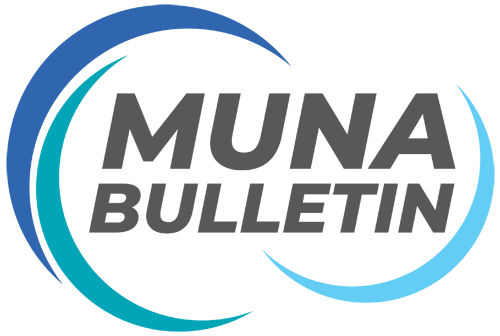


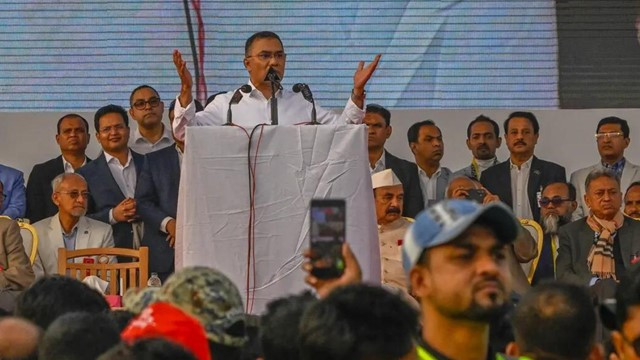





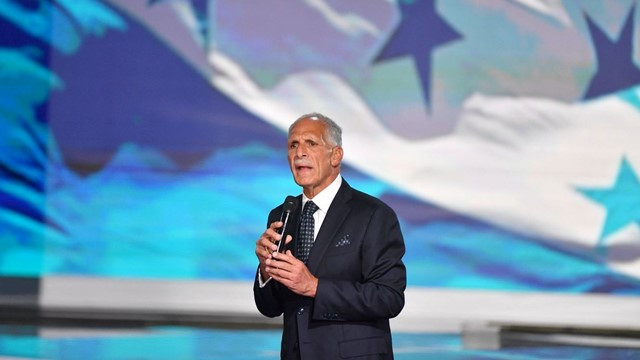
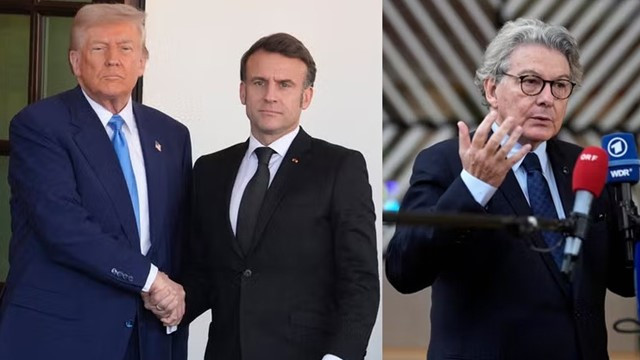
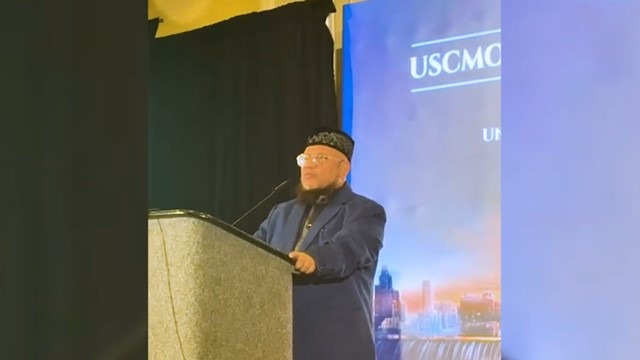

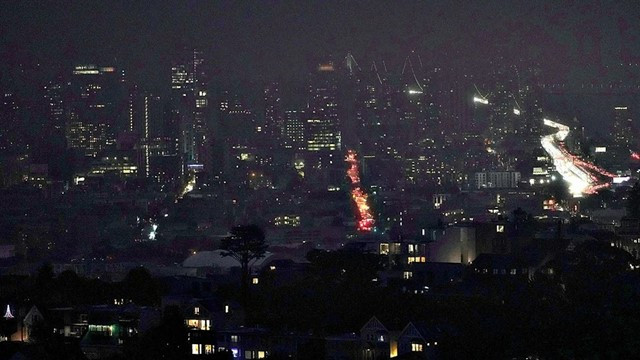
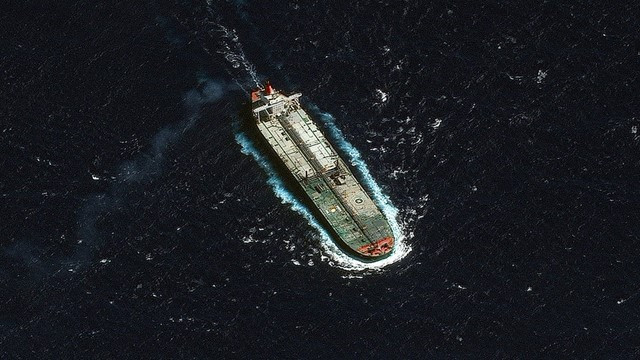
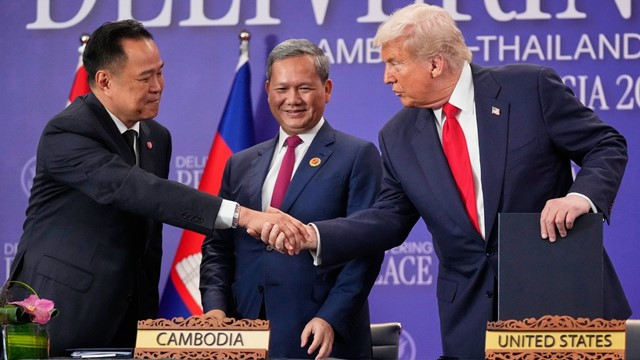
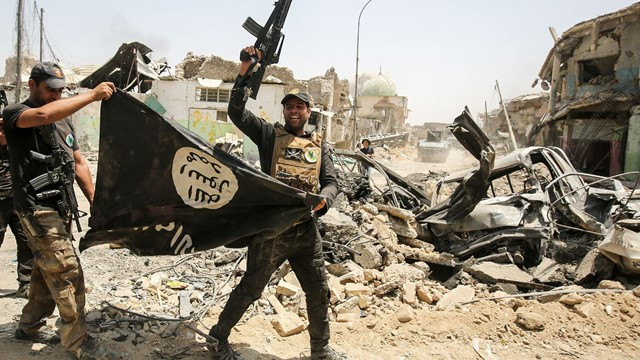
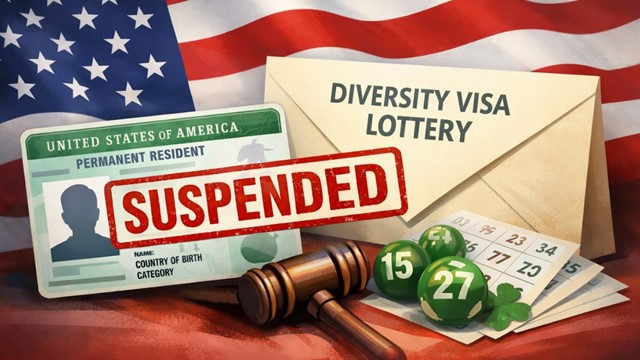
Comments Here: